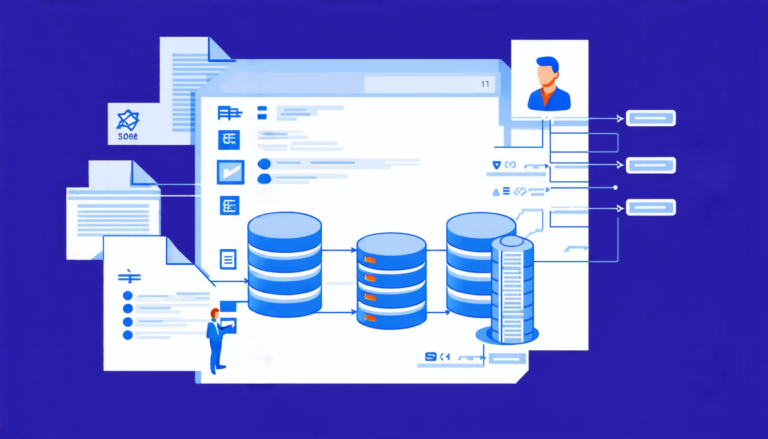Saturday 22 March 2025
The world of cryptocurrency and decentralized finance (DeFi) is constantly evolving, with new innovations and technologies emerging at a rapid pace. One such innovation is the concept of perpetual demand lending pools (PDLPs), which have been gaining popularity in recent years.
So what are PDLPs? In simple terms, they’re a type of financial instrument that allows users to lend cryptocurrencies to other traders, similar to how banks provide loans to individuals and businesses. However, unlike traditional banking systems, PDLPs operate on the blockchain, allowing for decentralized and trustless transactions.
PDLPs work by creating a pool of liquidity providers who deposit their own cryptocurrencies into the pool, which is then used to lend to traders who need funding to trade perpetual futures contracts. These contracts are unique in that they have no expiration date, allowing traders to hold onto them indefinitely.
The benefits of PDLPs are numerous. For one, they provide a source of liquidity for traders who may not have access to traditional lending channels. Additionally, they allow liquidity providers to earn interest on their deposited cryptocurrencies, making it a more attractive option than simply holding onto the cryptocurrency in a wallet.
But how do PDLPs work? The process is relatively straightforward. A user creates an account with a PDLP provider and deposits their chosen cryptocurrencies into the pool. The provider then uses this liquidity to lend to traders who have requested funding for perpetual futures contracts.
The key to PDLPs is the use of delta hedging, which is a strategy used by traders to minimize their exposure to market fluctuations. By using delta hedging, PDLP providers can ensure that they’re not taking on too much risk when lending out cryptocurrencies.
One of the most popular PDLP providers is GMX, which has gained a reputation for its innovative approach to perpetual futures trading. GMX’s PDLP uses a dynamic pricing model that adjusts to market conditions in real-time, allowing it to provide a more stable and reliable source of liquidity.
But what about the risks associated with PDLPs? As with any financial instrument, there are risks involved. For one, there’s the risk of default by borrowers, which could leave providers with a loss. Additionally, there’s the risk of market fluctuations, which could impact the value of the cryptocurrencies deposited into the pool.
Despite these risks, PDLPs have been gaining popularity in recent years, with many users seeing them as a way to diversify their investment portfolios and earn interest on their cryptocurrency holdings.
Cite this article: “Perpetual Demand Lending Pools: A Decentralized Solution for Cryptocurrency Lending”, The Science Archive, 2025.
Perpetual Demand Lending Pools, Decentralized Finance, Cryptocurrency, Blockchain, Perpetual Futures Contracts, Delta Hedging, Liquidity Providers, Gmx, Dynamic Pricing Model, Market Fluctuations







